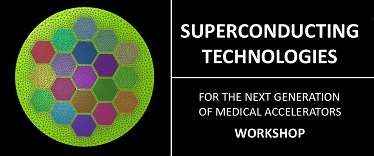Speaker
Description
Superconductivity is a quantum phenomenon discovered more than 100 years ago with important implications in our lives even though we do not usually realise it. This exotic phenomenon is able to detect the smallest magnetic fields and generate the largest magnetic fields in the world. In the first case, SQUIDs (superconducting quantum interference devices) were developed as the most sensitive magnetic field detectors and nowadays a large area of superconducting RSFQ logics and q-bits is steady progressing in the field of quantum computing. In the second case, high field magnets have been extensibly developed making possible high energy accelerators and magnetic resonance (NMR and MRI). Since the discovery of high temperature superconductors (HTS), energy applications appeared as possible thanks to the liquid nitrogen operation temperature. However, the nature of the HTS materials, being ceramic instead of metallic, has strongly slowed down their real application implementation. Thanks to one of the ever largest constant efforts in material science during the last 20 years, nowadays these HTS materials are industrially produced as flexible long length conductors and a large number of different device prototypes have been demonstrated. Recently, the scientific community has also realized that some of these HTS materials are the highest field conductors available at helium temperatures, thus opening new opportunities also in the area of ultrahigh magnetic fields for high energy accelerators, magnetic resonance and fusion. In this presentation, I will revise the most relevant properties of Superconductivity, the superconducting materials opportunities for the different operation temperatures and the situation of superconducting applications in the different sectors (energy, medicine, fusion,..).
